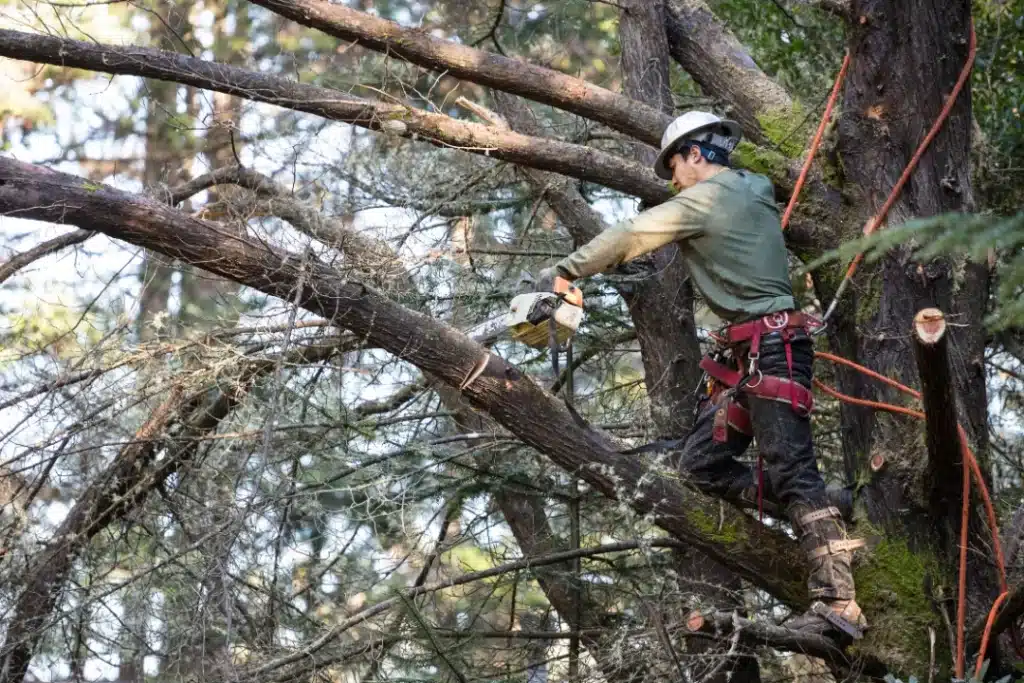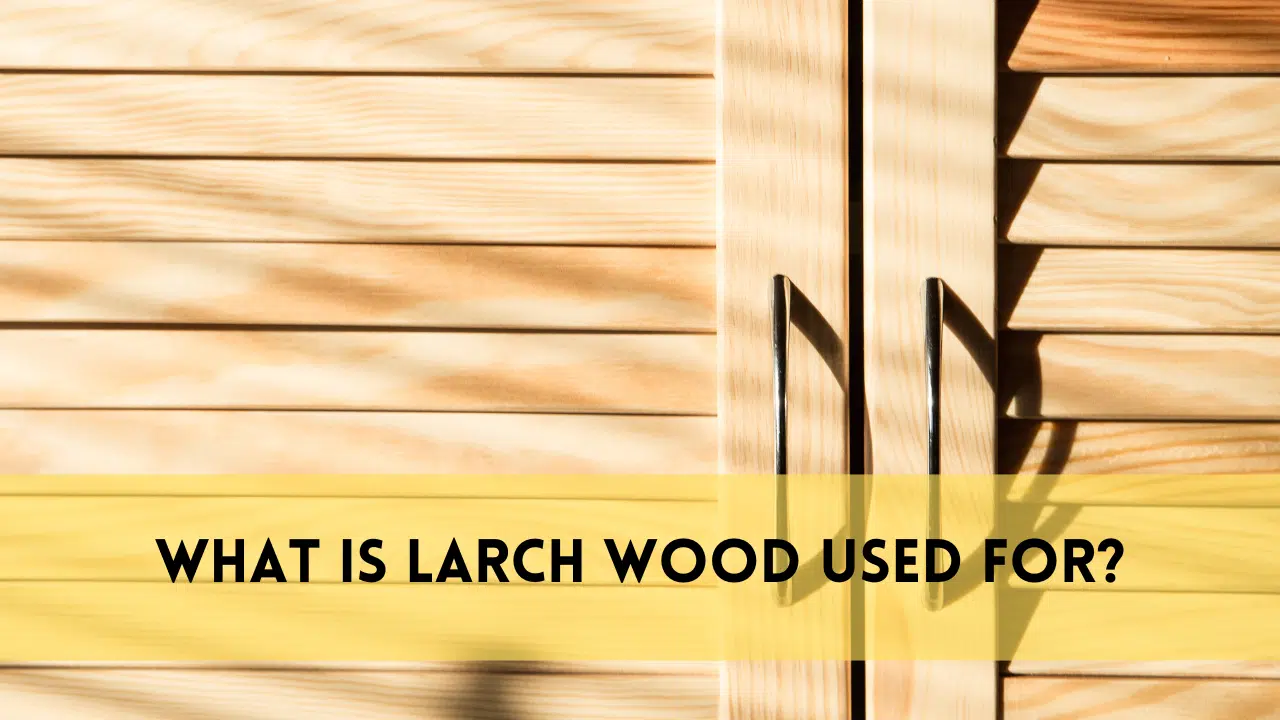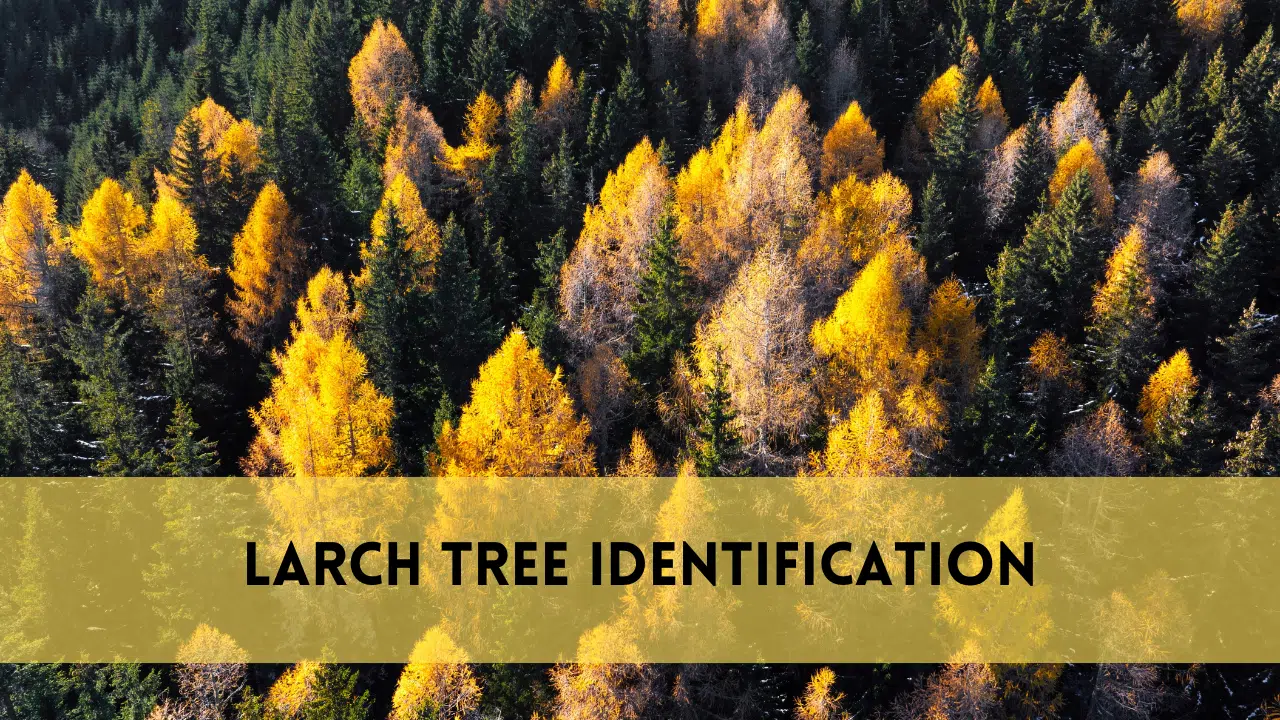When a tree falls in a residential neighbourhood, it not only creates a commotion, but it also raises an important question: Who is responsible for fallen tree removal? This thorough resource seeks to untangle the difficulties surrounding this question by giving information on the roles of homeowners, local governments, and professional services. We set out on a trip to shed light on the duties that come into play when dealing with fallen trees, from comprehending the legal requirements to negotiating insurance coverage. In this post, we’ll look at the subtleties of fallen tree removal, providing helpful hints and professional guidance to guarantee a smooth and educated procedure. So, let us dig into the subject of tree removal and learn how to confidently approach this prevalent yet often complex topic.
The Process of Fallen Tree Removal
Understanding the Role of Homeowners
When it comes to fallen tree removal on their land, homeowners face a large amount of responsibility. The homeowner grows concerned about a fallen tree after a storm or due to other natural factors. Aside from the immediate safety concerns, homeowners must negotiate the process of tree removal and any damage caused by the fallen tree.
Timely action is critical not just to resolve safety issues but also to prevent further property damage. Homeowners are recommended to use expert tree removal services for a quick and safe response. Homeowners have a critical role in preserving the safety and attractiveness of their homes, as well as contributing to the general well-being of the neighbourhood, by taking prompt action and comprehending the complexities of their obligations.
City and Municipal Responsibilities
In anthe urban setting, the obligation for fallen tree clearance extends beyond individual households. Cities and towns frequently have policies and processes in place to remove fallen trees from public land. These organizations play an important role in ensuring public safety and infrastructural integrity. When a tree falls in a public place or along a road, it is the obligation of the city or municipality to clean up the debris as soon as possible. This procedure not only assures the safety of people but also the operation of public places. Understanding municipal rules is critical for citizens because it delineates the line between personal and public responsibility. Navigating the labyrinth of city and municipal obligations is an important component of addressing fallen tree events in urban contexts.
Professional Tree Removal Services
When dealing with fallen trees, using expert tree removal services is a smart and effective alternative. These services provide a wealth of knowledge, specialized equipment, and a methodical approach to ensuring the safe and successful removal of fallen trees. Professionals examine the scenario, taking into account elements such as size, location, and potential threats. Their knowledge enables a quick resolution of the problem, reducing interruptions and risks. While using expert services may incur costs, the advantages frequently surpass the expenditures.Aside from removal, these professionals may give vital insight into tree health, proposing preventative actions to avoid repeat catastrophes. Homeowners may rely on expert tree removal services for a complete and trouble-free experience, transforming a potentially stressful problem into a well-managed conclusion.
Who Is Responsible for Fallen Tree Removal: Key Considerations
Insurance Coverage and Claims
Navigating the complexities of insurance coverage and claims requires more than simply physical labour when it comes to fallen tree removal. Homeowners’ insurance may be a valuable resource in dealing with the aftermath of a fallen tree. When a tree falls due to a covered risk, such as a storm or other specific catastrophe, insurance may be able to help pay the expenses of removal. To guarantee a seamless operation, homeowners should evaluate their insurance policy and explain the level of coverage for fallen tree removal. Documentation, such as images and comprehensive details of the occurrence, is helpful when making claims. Familiarizing oneself with the insurance environment enables homeowners to make educated decisions, transforming a possible financial burden into a controllable and supported element of fallen trees.
Neighbourly Relations and Shared Responsibilities
When a fallen tree interferes with the boundary between two properties, open communication and collaborative problem-solving become critical. Determining shared responsibility among neighbours is critical to resolving fallen tree removal issues peacefully. In such cases, it is critical for neighbours to participate in constructive discourse, taking into account aspects such as property boundaries, tree ownership, and the impact of the fallen tree. Shared duties may entail both parties paying for the removal expenses or employing expert services collectively. . Approaching the problem with empathy and understanding can aid in the development of greater neighbourly connections, transforming a potentially difficult issue into an opportunity for collaboration. Neighbours may negotiate fallen tree removal smoothly by working together and finding mutually agreed-upon solutions, establishing a sense of community and shared responsibility in the process.
Environmental Regulations
Fallen tree removal is more than simply an issue of property aesthetics; it also includes adherence to environmental rules. These rules come into play, especially when dealing with protected tree species or designated environmental preservation zones. Before beginning any removal operation, it is critical to speak with local environmental authorities to understand particular requirements and approvals. Protected tree species may necessitate specific considerations, and removal may be subject to rigorous rules to protect ecological balance. Being aware of environmental legislation not only helps to avoid any legal ramifications but also adds to the larger objective of environmental protection. Balancing the necessity for fallen tree clearance with regard for local ecosystems demonstrates a commitment to responsible environmental management and fosters a peaceful coexistence of urban growth and nature preservation.
Expert Advice on Fallen Tree Removal
When dealing with a fallen tree, quick action is required, and obtaining expert help may make the process more efficient and informed. Professional arborists or tree removal services may offer useful insights into the state of the fallen tree, analyze possible dangers anddangers,e the best course of action. Documentation is critical, collecting facts such as the size of the tree, its surroundings, and any damages inflicted. This information is useful when dealing with insurance claims or legal issues. Removal should be done as soon as possible to avoid further damage or accidents. Experts also stress the significance of expert exams before deciding on a technique of removal. Their knowledge guarantees a thorough grasp of the problem, allowing homeowners to make decisions that prioritize safety, property preservation, and compliance with local legislation.
FAQS
When should a dead tree be removed?
A quick response is essential for safety. To eliminate any risks and damage, remove the fallen tree as quickly as possible.
Is fallen tree removal covered under homeowners insurance?
Yes, in most circumstances. Examine your insurance policy to determine the scope of coverage for tree removal.
Can the city be held liable for the removal of fallen trees on my property?
Check the rules in your area. Cities are in charge of public places but not of private property.
Is professional tree removal required?
While professional services are not required, they assure safe and fast removal, eliminating dangers and inconveniences.
What if a falling tree damages both my and my neighbor’s property?
It is critical to communicate. Work with your neighbour to find mutual goals.
Conclusion
Navigating the complexities of fallen tree removal necessitates a thorough awareness of roles, rules, and best practices. Whether you’re a homeowner or a city inhabitant, being well-informed allows you to manage this issue with speed and confidence.




